Orangutan Stuns Scientists With First-Ever Wild Animal Behavior
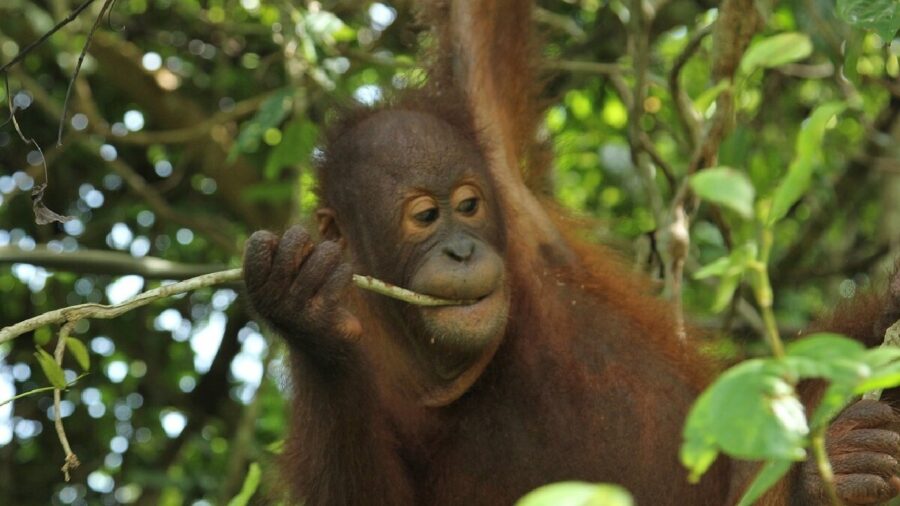
What’s something great apes and holistic healers have in common? They’re both big fans of plant medicine. In what’s documented as the first time this has ever been observed, a group of scientists recently discovered an orangutan named Rakus using a plant known to have medicinal properties as a salve to heal his facial wound.
Orangutan Spotted Using Medicine
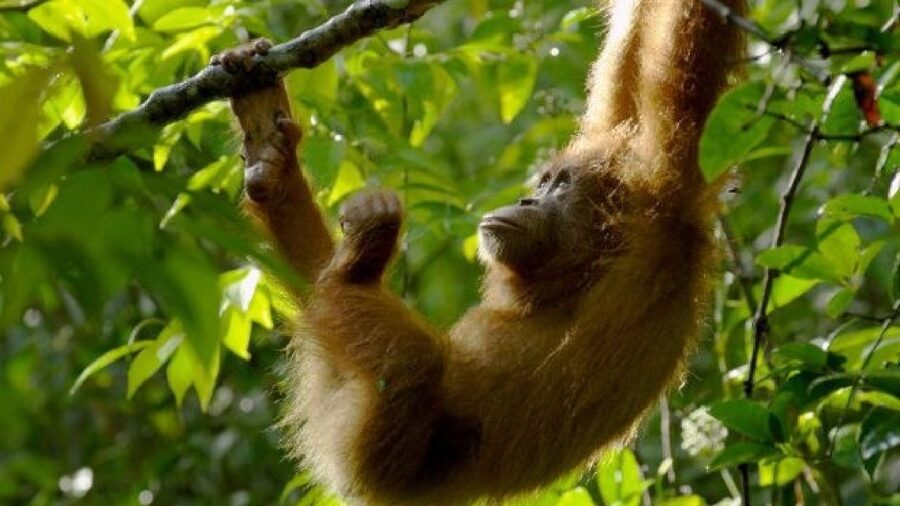
Primate researcher Isabelle Laumer and her team made the remarkable sighting during their extensive study of wild Sumatran orangutans at the Suaq Balimbing research site in Indonesia. Rakus, a prominent member of the orangutan community in the region, was spotted with a significant wound on the right side of his flange, likely incurred during a recent altercation with another male.
What followed astonished the orangutan researchers. Three days after sustaining the injury, Rakus was observed engaging in unprecedented behavior. He deliberately ingested, chewed, and then applied bits of a nearby plant onto his wound, exhibiting a meticulous and purposeful approach to self-medication.
Traditional Human Medicine
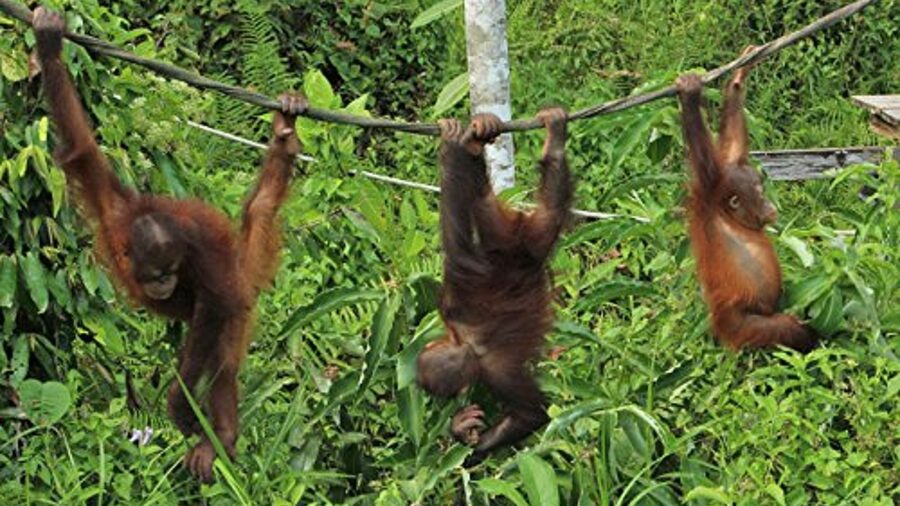
The plant Rakus used is called Fibraurea tinctoria. It’s commonly known as Akar Kuning and has a long history of use in traditional medicine by humans in the region. Scientific studies have identified several medicinal properties in the plant, including antibacterial, anti-inflammatory, and antifungal effects—something orangutans also know since Rakus’s application of the plant appeared intentional and effective, and his wound exhibited rapid healing within days of treatment.
Rakus proved he did not need a veterinarian since the orangutan demonstrated a level of understanding in his use of plant medicine. He selectively applied the plant to his wound, ensuring comprehensive coverage, and repeated the process over multiple days.
Unique Because Of How Purposeful It Was
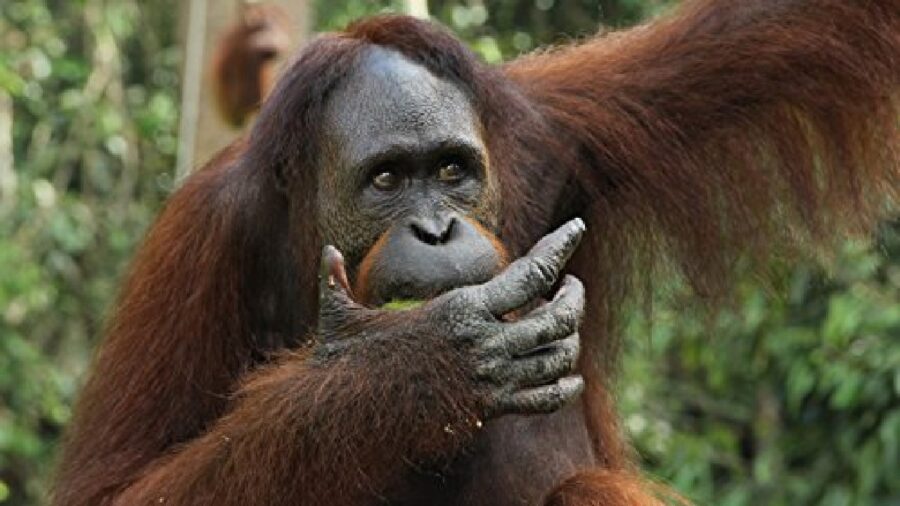
While instances of animals self-medicating in the wild have been reported previously, such as chimpanzees using insects to treat wounds, Rakus’s utilization of a specific plant for wound care is a scientific first. The discovery raises intriguing questions about the origins of such behavior and its prevalence among orangutans.
But how did Rakus learn about Akar Kuning’s healing properties? Is this something orangutans naturally know? Is this learned behavior from watching humans in the area?
Reasons For The Behavior
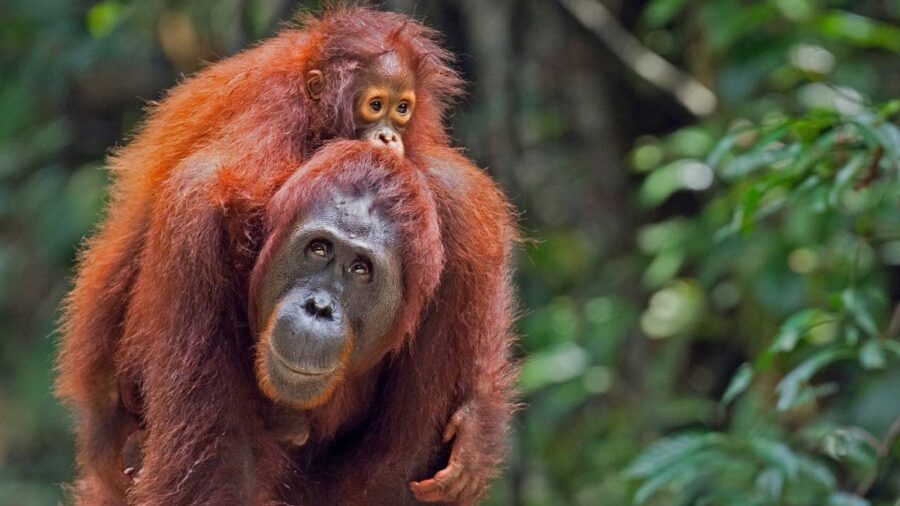
Laumer and her team speculate on possible explanations for Rakus’s behavior, with theories including the influence of learned behavior from his original habitat or the fortuitous discovery of the plant’s healing properties through trial and error. Regardless of the exact circumstances through which the orangutan learned his medicinal skills, Rakus’s actions underscore the striking similarities between humans and our primate relatives in their capacity for problem-solving and adaptation.
As researchers continue to monitor the orangutan population at Suaq Balimbing, they are looking for further instances of medicinal plant use among orangutans and other primates.
Shared Traits
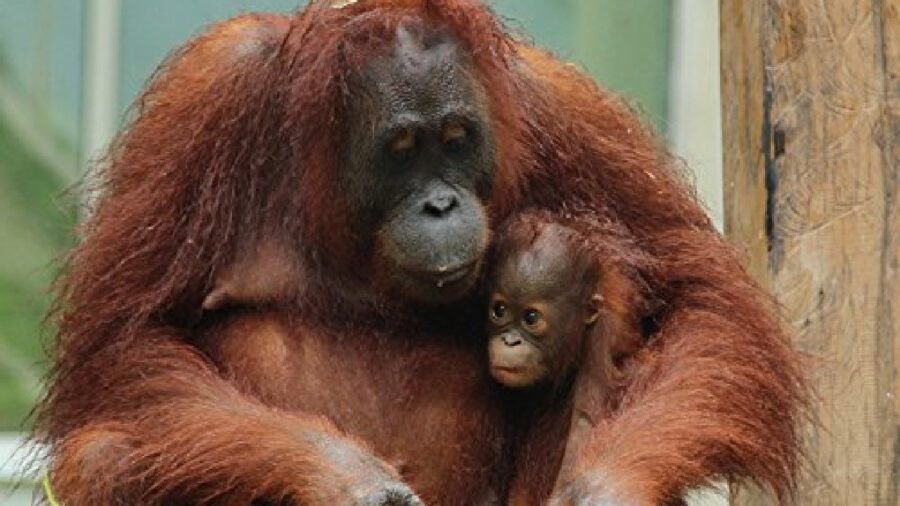
According to Laumer, this remarkable observation offers a glimpse into humans’ and orangutans’ shared traits and vulnerabilities. It’s an opportunity for humans to recognize and protect our great ape cousins in the face of mounting environmental threats. While discovering the skills these animals possess, the publicity of this discovery is also a poignant reminder of the critical importance of conserving these endangered species and their fragile habitats.
Source: Nature












